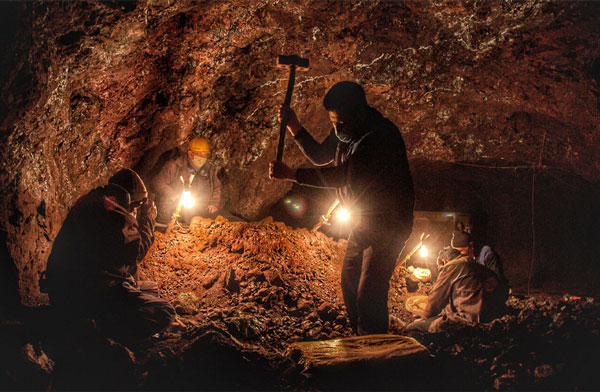The 7000 Year Old Turquoise Mine of Neyshabur
Neyshabur Turquoise Mine is the oldest active mine in the world, and archeological evidence shows that there have been traces of turquoise mining since 6,700 years ago. Although many old mines were abandoned after mining, the turquoise mine is still active.
In the heart of the mountain and after passing through dark and winding tunnels whose height does not even reach two meters, green-blue streaks in the stones on the walls dazzle the eye. This is the home of the most authentic and best quality stone in the world, turquoise, in Neyshabur.
The quality turquoise should be pulled from where the rock and water are mixed. Years ago, they used to break these rock veins with a hammer. Now dynamite has taken the place of the hammer. They drill a hole in the rock and put dynamite in it. Then they cover the dynamite, pull the wick outside the cave, and set it on fire. The result is a pile of broken stones and contaminated dynamite fumes in the air.
The work of the first team begins here, they load the pieces of stone into wagons that go out of the mine on rails, where they store the turquoise stones in the mine tanks for auction at the top of the tower. They load the rest of the stone and take it to the houses of the village for “Chinese stone”; The occupation of women and children and, of course, men retired from mining, who look at the stones one by one and break some with a hammer, there is not a house in the upper and lower mining village that is not piled with turquoise ore.
20,000 people in Mashhad, Neyshabur, and turquoise are engaged in the turquoise industry of carving and making ornaments. Now the responsibility of this mine is under the responsibility of a cooperative company whose shareholders are the villagers and residents of turquoise, who, in addition to benefiting from the profit of extracting the material, are also working in this mine.


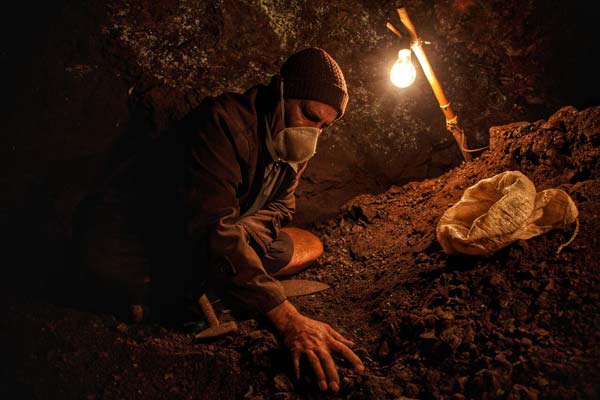
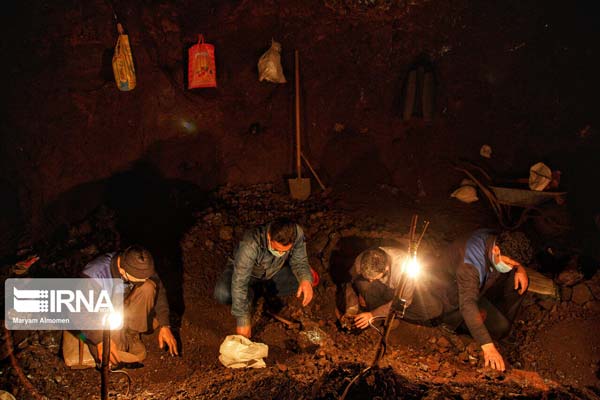
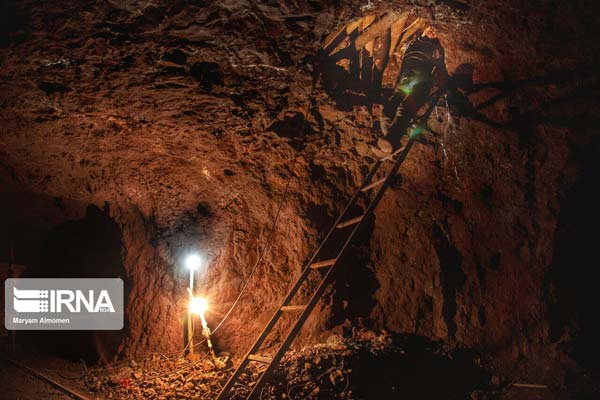
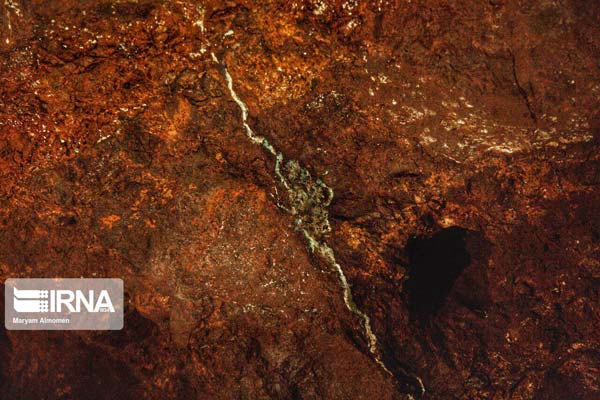
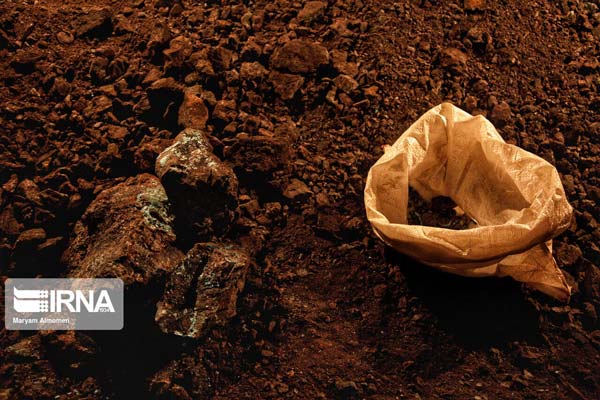
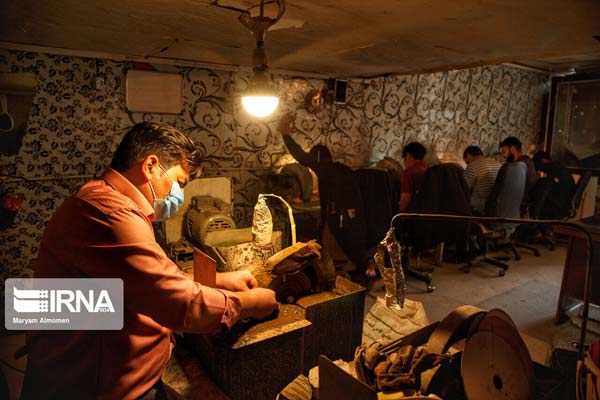
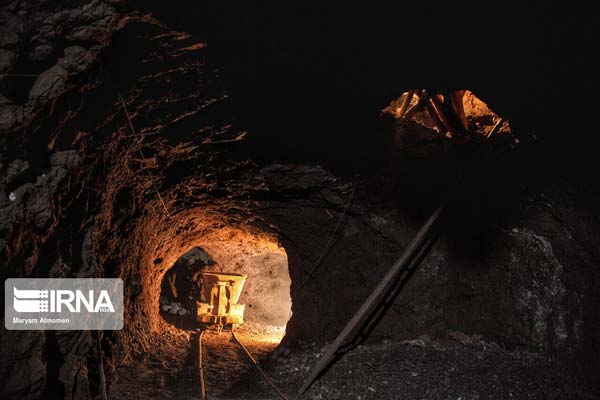
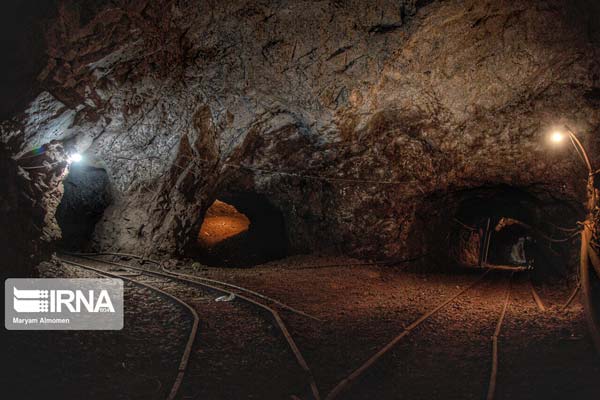

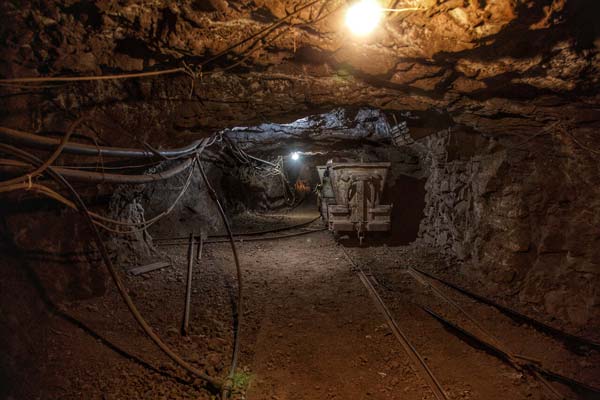


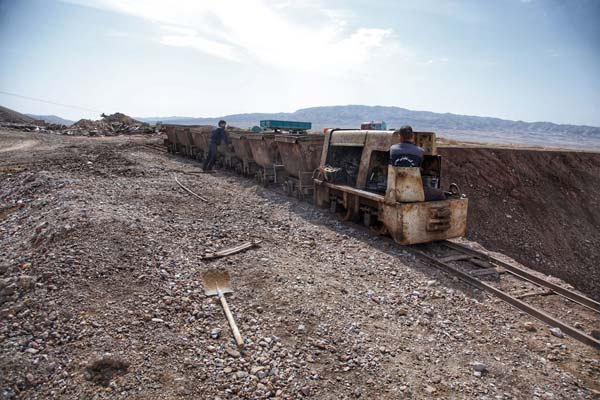
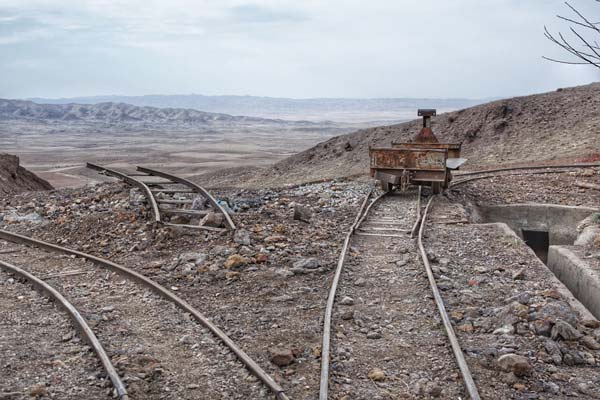

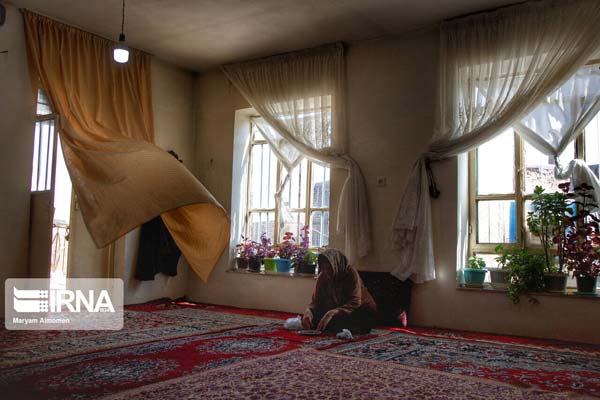
Nishapur or officially Romanized as Neyshabur, is the second-largest city of Razavi Khorasan Province in the Northeast of Iran.
Source: Irna
